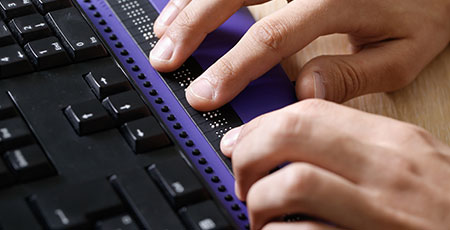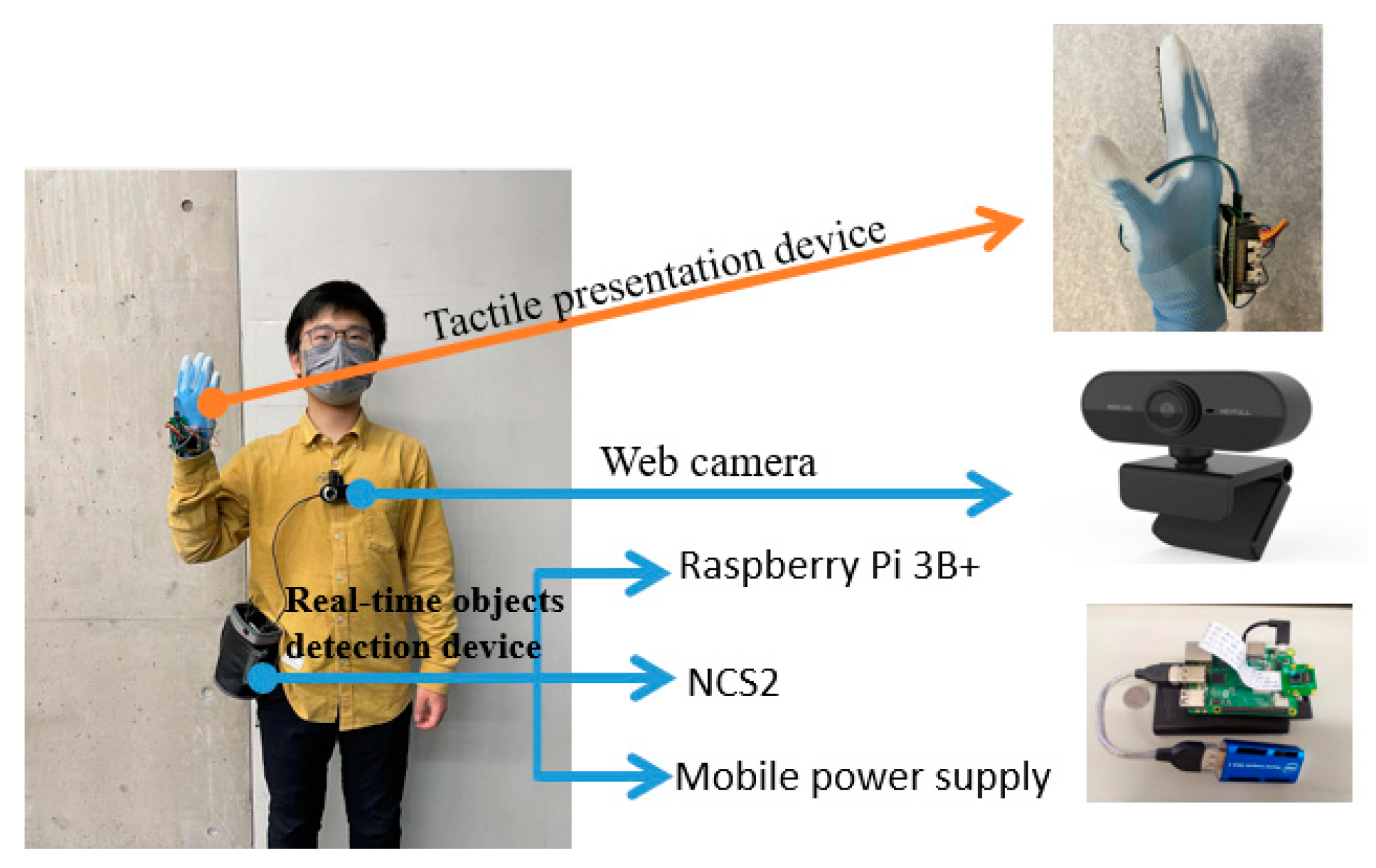Mobility Aids for Visually Impaired Users: Traveling the World with Confidence
Mobility Aids for Visually Impaired Users: Traveling the World with Confidence
Blog Article
Empowering Independence With Assistive Technology for the Blind
The integration of assistive modern technology right into the lives of individuals with visual disabilities stands for a considerable improvement in promoting self-reliance and self-sufficiency. From cutting-edge screen readers to sophisticated clever walking canes, these devices not just improve daily navigation and interaction but also equip users to involve meaningfully in numerous elements of life. As we check out the myriad benefits and real-world applications of these technologies, it comes to be vital to take a look at the hidden aspects that contribute to their efficiency and the potential for future advancements in this essential field.
Introduction of Assistive Innovation

The growth of assistive modern technology is grounded in concepts of inclusivity and empowerment. Advancements in software program, equipment, and sensory enhancements give users with options customized to their details demands. From screen visitors that transform message to speech, to tactile gadgets that convey details through touch, these devices transform the means people involve with their surroundings.
Along with sensible applications, assistive technology promotes higher social inclusion and engagement in numerous markets, including education and work (Wearable technology for low vision). As r & d proceed to progress, the capacity for assistive technology to further enhance the lives of aesthetically impaired individuals remains appealing, leading the way for a more fair society where everybody can thrive
Types of Assistive Tools
A selection of assistive tools have actually emerged to sustain individuals with aesthetic disabilities, each designed to fulfill certain needs and boost daily performance. These tools vary from low-tech remedies to high-tech innovations, giving diverse options for users.
Low-tech gadgets include magnifiers and large-print products that aid in analysis and writing. Braille tools, such as Braille slates and stylus pens, allow tactile analysis and communication. Orientation and mobility help, like white walking sticks, assist individuals browse their setting safely.
On the higher end of the range, electronic magnification systems and screen viewers provide significant assistance. Digital magnifiers permit individuals to increase the size of text and pictures on displays, while screen visitors transform electronic web content into manufactured speech, helping with accessibility to details on computers and smartphones.
Smartphone applications likewise play a vital duty, supplying features like message acknowledgment and navigating assistance. Wearable modern technology, such as clever glasses furnished with augmented reality, is becoming a promising tool to enhance situational awareness.
Benefits of Assistive Modern Technology
The integration of assistive innovation considerably boosts the lifestyle for individuals with visual impairments. These innovations encourage customers by promoting freedom, allowing them to browse their settings much more successfully and execute day-to-day jobs with better ease. Display visitors and magnifying software program enable individuals to accessibility electronic information, cultivating educational and specialist possibilities that might have formerly been out of reach.
Moreover, assistive tools such as clever walking sticks and general practitioners applications provide real-time navigation support, enhancing wheelchair and safety and security. This increased freedom not only boosts self-esteem but additionally encourages social involvement, enabling users to take part even more fully in their communities.
Assistive innovation additionally assists in interaction, assisting individuals get in touch with others with voice acknowledgment and text-to-speech applications. This capacity is vital for look at this site maintaining relationships and accessing important information.
Furthermore, the customization alternatives offered with many assistive technologies ensure that customers can tailor tools to their details requirements, additionally boosting usability and performance. On the whole, the benefits of assistive innovation for people with aesthetic problems are profound, promoting a much more inclusive society where every person can seek their goals and goals.
Situation Research Studies and Success Stories
Highlighting the transformative influence of assistive modern technology, numerous case studies highlight just how individuals with aesthetic problems have actually successfully integrated these devices right into their everyday lives. One engaging instance involves an university trainee who made use of screen reading software application to navigate academic products and on the internet resources successfully. This innovation not just facilitated her education and learning but likewise improved her confidence in taking part in conversations and group tasks.
An additional study includes a specialist who uses a smartphone application created for navigating and object acknowledgment. By utilizing this app, he has actually regained freedom in both his individual and workplace, enabling him to commute separately and involve with coworkers extra properly.
In addition, a retiree shared her experience with braille e-readers, which enabled her to access a vast selection of literary works and remain connected with her neighborhood via publication clubs.
These success tales highlight the critical role of assistive technology in cultivating independence, primary eye care boosting lifestyle, and promoting social assimilation for individuals with aesthetic problems (Speech-to-text devices for low vision). By accepting these innovative tools, users can get rid of difficulties and seize possibilities that add to their specialist and personal fulfillment

Future Patterns in Assistive Modern Technology
Technology in assistive technology is positioned to redefine the landscape of assistance for people with visual disabilities. Emerging fads emphasize the combination of artificial knowledge (AI) and device understanding, which boost the capability of devices that help with navigation and information access. AI-driven applications are currently qualified of analyzing aesthetic data in real-time, enabling customers to engage with their atmosphere much more separately.
Furthermore, the advancement of wearable technology is progressing rapidly. Smart glasses furnished with enhanced reality (AR) can give audio descriptions of environments, changing exactly how users connect with public areas. These tools not only promote freedom however also foster social inclusion.
Additionally, the Web of Points (IoT) is making homes smarter, enabling seamless connectivity between assistive tools and everyday home appliances. This connectivity equips individuals by allowing voice-activated controls and automated feedbacks tailored to specific needs.
Final Thought
Finally, assistive modern technology plays a pivotal role in empowering people with visual impairments by improving their self-reliance and interaction with their surroundings. The varied variety of applications and tools available not only assists in navigation and interaction however likewise promotes social combination and chances for personal and specialist growth. As developments continue in this field, the potential for enhancing the top quality of life for those with aesthetic disabilities will expand, promoting greater autonomy and empowerment.

Report this page